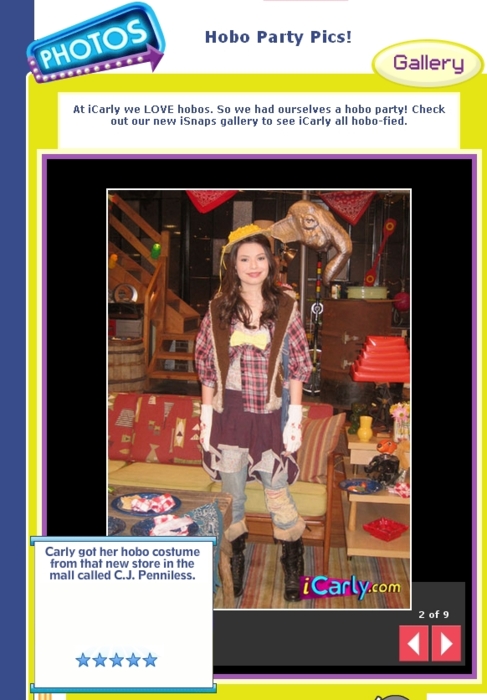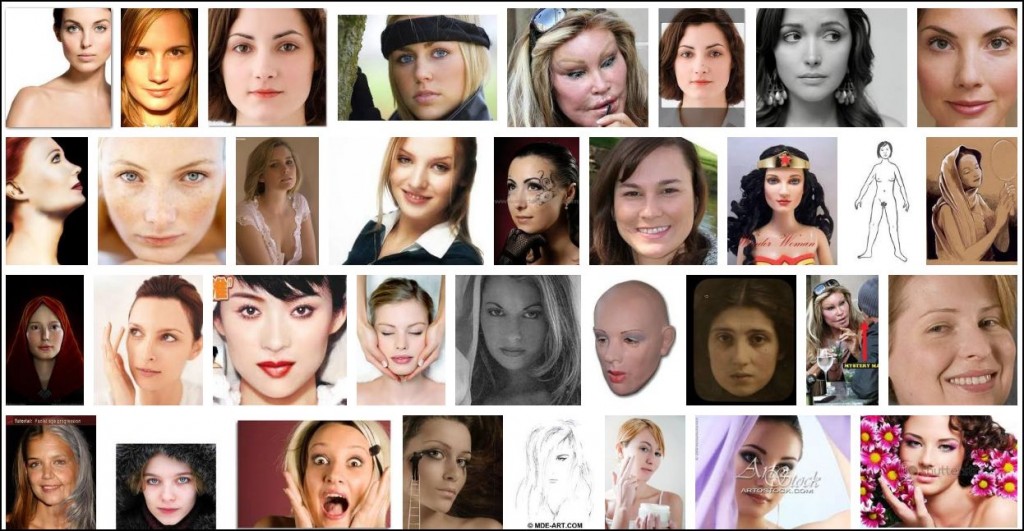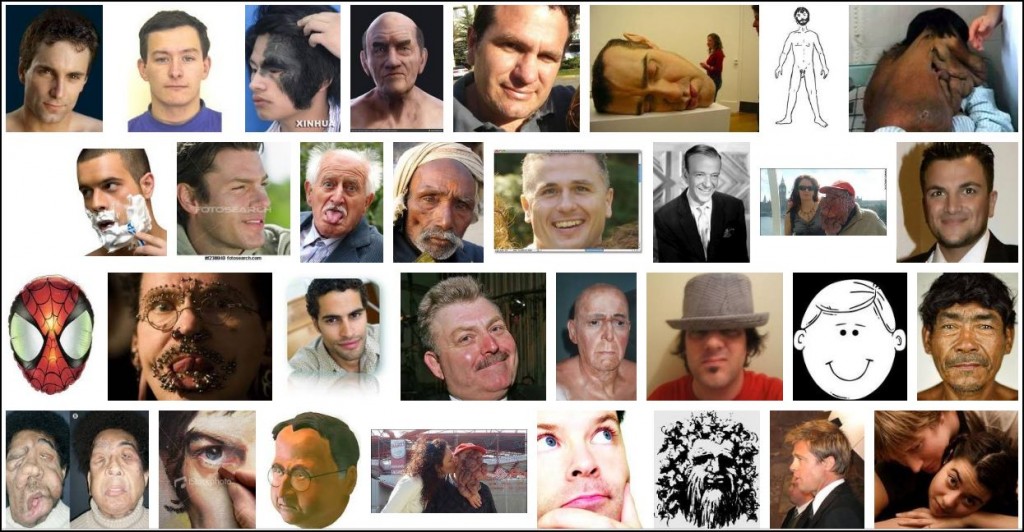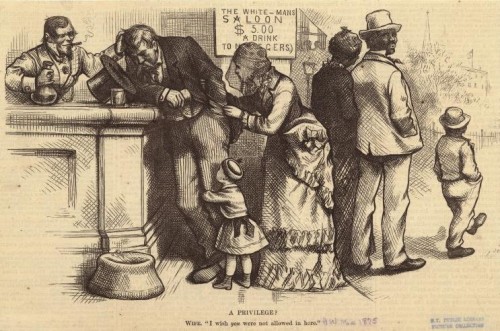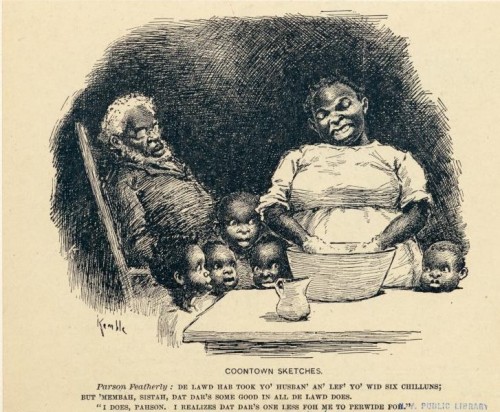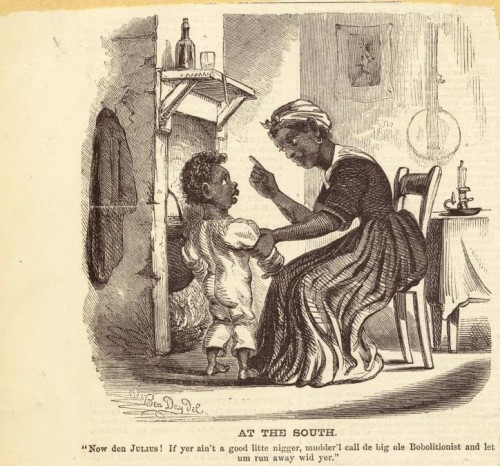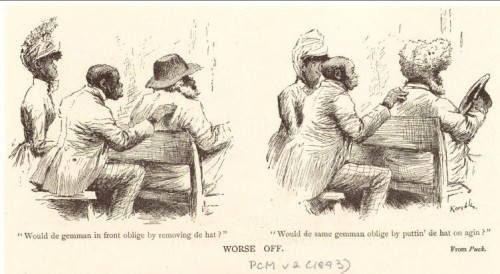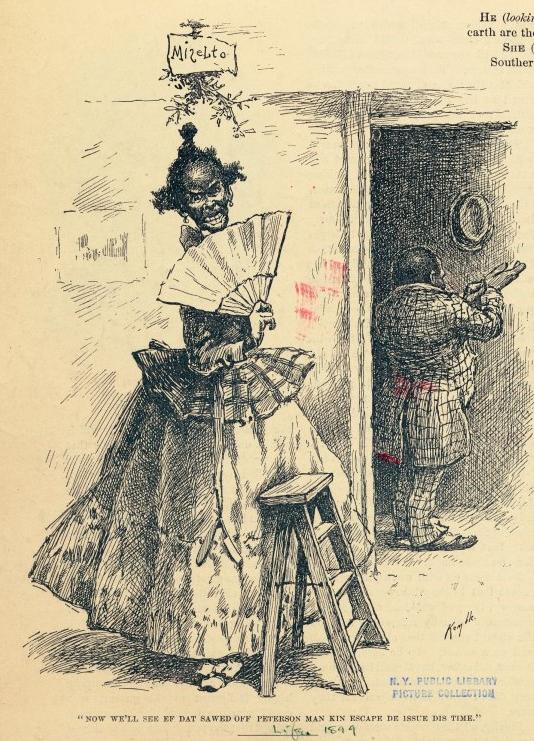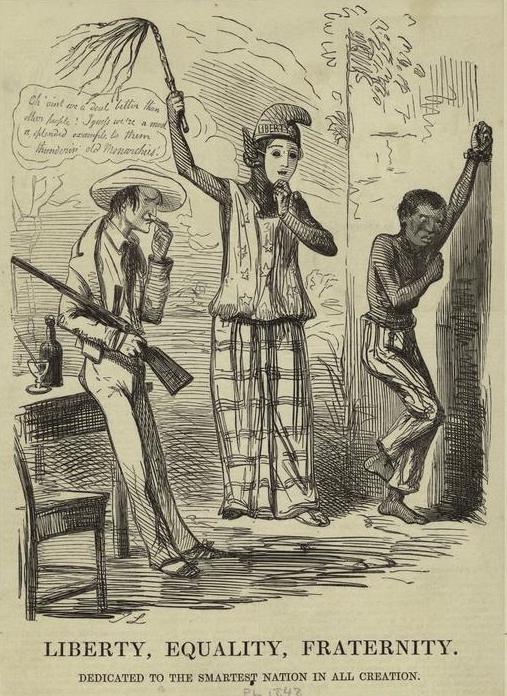We’ve posted before about the use of women’s bodies to sell real estate. But this Australian commercial for luxury housing, sent in by Nigel M., takes it to a whole new level. As Nigel said, “Even if I told you, you still wouldn’t believe me.” Let’s just say it includes a “lingerie model tied to a chair,” hot lesbians making out for male pleasure, and the phrase “speaking of broads.”
It’s a real gem:



